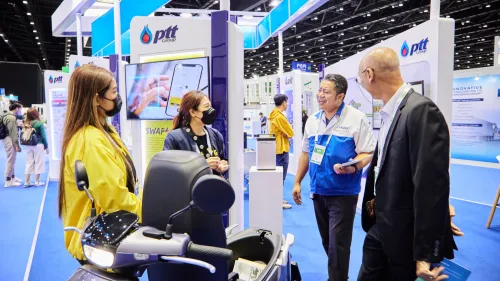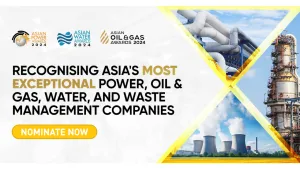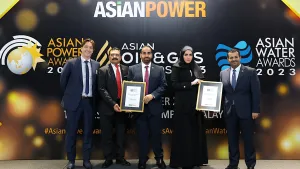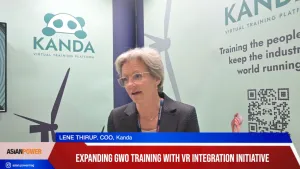China
China to build UK nuclear power plant
UK government gives go-ahead.
Asian countries begin exploring for shale gas
But are struggling against technological limitations.
China, California ink clean energy agreement
It's the first agreement between a US state and China.
China to make solar energy products in Zhongguancun
As production lines to be built for low cost systems.
CB&I to provide EPC services for Chinese nuclear plants
Enters into JV with China Power Investment Corporation.
China’s energy savings investments set to rise
Will reach US$340b in energy saving, emissions control projects.
China, UK enhance partnership in carbon capture technologies
Sign 10-year MOU to this effect.
China’s solar panels makers to receive tax breaks
This despite massive overcapacity and weak demand.
JinkoSolar to supply solar modules to SGCC
Modules will generate 20 MW. JinkoSolar Holding Co., Ltd. will supply the solar modules to the State Grid Corporation of China (SGCC), the world's largest utilities company, for the Second Phase of China's National Wind/PV/Energy Storage and Transmission Joint Demonstration Project. The project consists of 60 MW divided into three tenders. According to the agreement, JinkoSolar will deliver the solar modules during the fourth quarter of 2013.
Ming Yang wins wind turbine contract at offshore wind farm
Will supply 29 SCD wind turbines.
World solar power growth outpaces wind for the first time
Driven by plunge in new wind energy capacity.
China needs effective solutions for energy hunger
Uses up one fifth of global coal consumption.
Chinese energy giants in major fund raising
Sell a combined US$2.58 billion in bonds.
ASEAN could derive 70% of its energy from green sources
Greenpeace report says this could occur by 2050. Greenpeace believes that by 2050, green energy could account for 70% of the electricity generation for the 10 countries comprising the Association of Southeast Asian Nations. This boost in green energy could also result in US$2.8 trillion worth of investment; US$2.7 trillion in fuel-cost savings and 1.1 million jobs by 2030, said the report entitled “Energy [R]evolution: A Sustainable Asean Energy Outlook.” The report also noted that 28% of the region's total population, or 160 million people, still had no access to electricity. Sven Teske, renewable energies director at Greenpeace International, said ASEAN countries have more than enough natural resources to become a leading player for clean, renewable energies. "Renewable energies are more competitive than coal, utilize indigenous local resources and create more employment," Teske said. "Using more renewables is now an advantage for the economy, not a burden and reduces their dependence on dirty, imported fossil fuels like oil and coal."
Coal to power China’s push for more electricity
Hydropower will come second.
China grants subsidies to makers of electric vehicles
Subsidies will be given from 2013 to 2015.

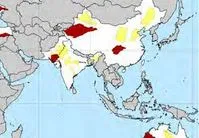
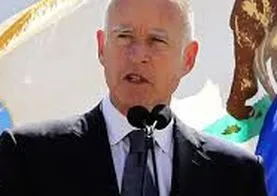
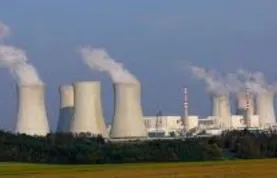
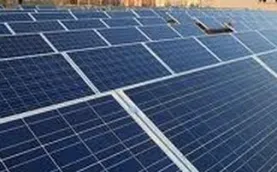
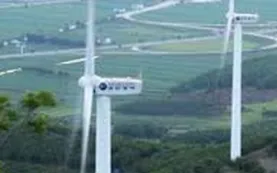


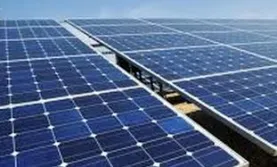
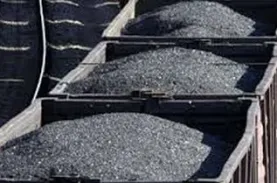


 Advertise
Advertise
